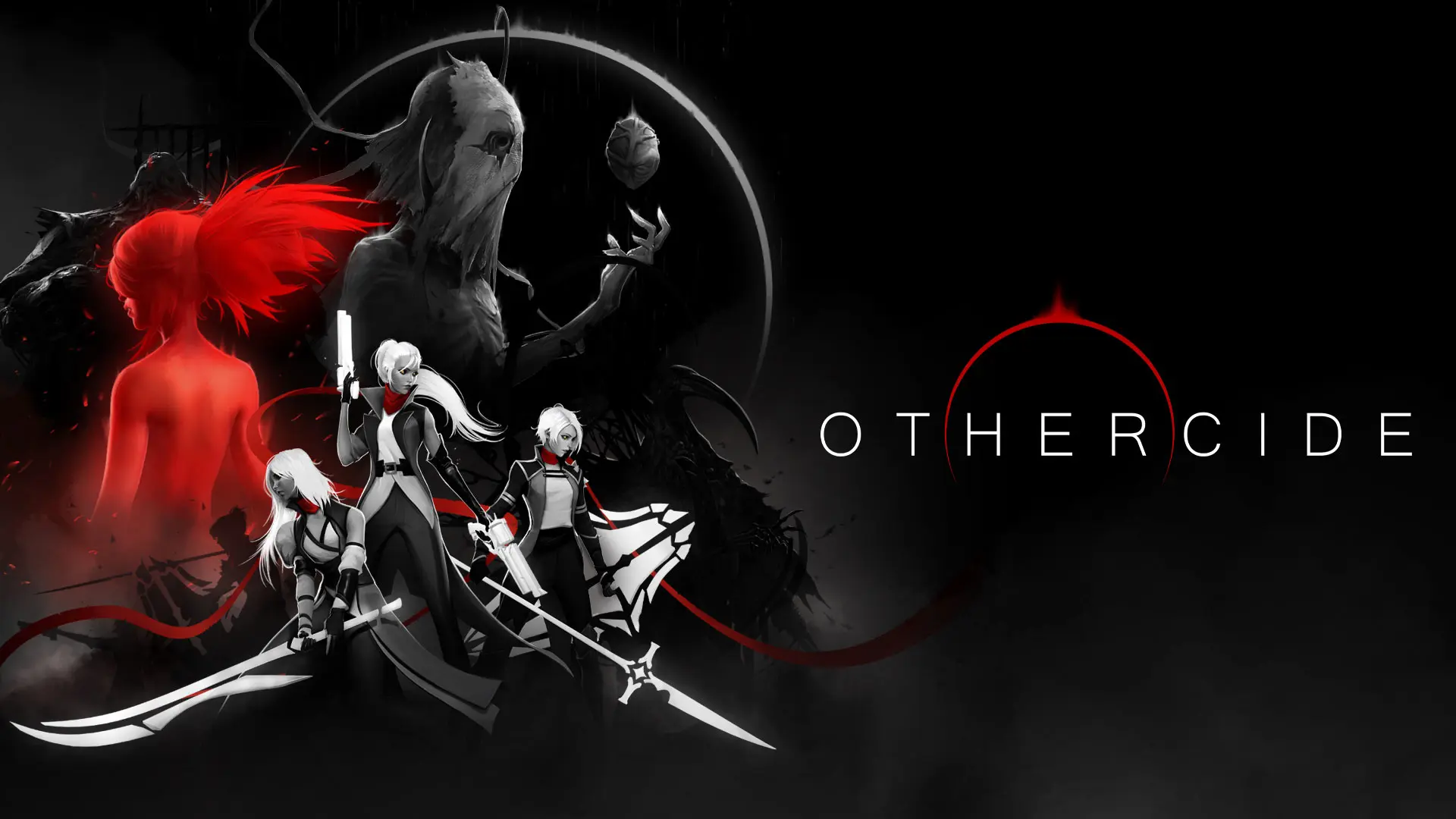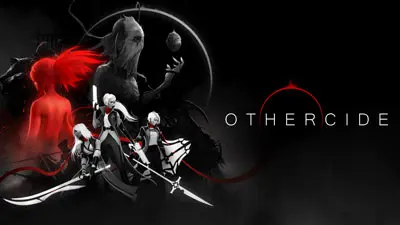
If you had to sacrifice someone to save a loved one, would you do it? In Othercide, you have to make this choice many times. In this gloomy tactical turn-based role-playing game, you control, create, and sacrifice your daughters in order to survive against nightmarish creatures and to save your child.
Othercide is a fusion of ideas from other genres. It borrows from roguelites like Slay the Spire with its expectation of death and several playthroughs. It takes inspiration from XCOM’s isometric turn-based combat. It also shares a similar dark tone of Bloodborne and Dark Souls. Along with Othercide‘s own unique story and aesthetic, this fusion of ideas creates a fresh take on the turn-based strategy genre.
An intriguing art style
Many people will likely be drawn into the game’s unique art style. Most of it is in black and white, except for the few tinges of red from the daughters’ scarves and their abilities. It harkens back to the visual style of films like Sin City and Schindler’s List.
This mostly monochrome aesthetic fits the game’s theme perfectly. It reinforces the sense of encroaching darkness with small glimpses at a chance for hope. It also fits perfectly with the Lovecraftian monsters you encounter throughout the game.
Despite all its cool upsides, the lack of color admittedly contributes to a lack of visual variety. This is most apparent in combat, where maps are often repeated. It amplifies the feeling of repetition and tediousness.
The enemy designs are spectacular. Each enemy looks distinct and horrific in their own way. The bosses – who are eerily named things like The Surgeon and The Maid – all look as if they’ve come straight out of your worst nightmare. The daughters themselves are randomly generated, but they look distinct enough to tell them apart and to remember the names that you’ve given them.
Punishing mechanics shine through
Othercide is not an easy game by any means – not just in combat difficulty but in general decisionmaking as well. The game manages to make healing and leveling up your characters engaging by making the decision to do so quite difficult. This is because the only way to heal your daughters is to sacrifice a daughter of an equal or higher level.
RELATED STORY: Othercide trailer offers players some tips and tricks
There’s a very real sense of high risk, high reward in the decision to either sacrifice a daughter to heal another, or risk sending a daughter out with low HP to potentially die in battle. When you level them up, you’re also faced with a real possibility that you are raising this daughter just for slaughter. When you do have to sacrifice a daughter, it can be emotionally hard, especially if they’ve been great use in combat or if you’ve used them for a long time.
Combat is similar, in the sense that it can be as rewarding as it is punishing. Every turn is full of tactically meaningful choices and consequential turns. As a result, the overall combat takes longer because of how much you’ll feel the need to mull it over.
Several of the daughters’ skills involve sacrificing HP to execute. You’ll need to balance out the cost of using an ability versus the risk of not using it. Each monster on the field also has its own unique abilities. So learning them and strategizing fills the battlefield with more tactical potential.
The turn timeline adds a great element of strategy, where each character has a hundred action points. You can use up to fifty of them without any penalty. If you use more than fifty – either to attack or to move – then you lose initiative and will be placed further down the timeline. This allows you to plan your turns several times ahead and form a plan to synchronize with your other daughters. At its best, you’ll hit your stride in combat, begin pulling off combos, slaying multiple monsters in one turn, and taking only minimal amounts of damage. But at its worst, your entire party will be slaughtered and overwhelmed.
When the worst case happens, at any point in the game, or when you lose all your daughters, you can start a new playthrough. If you choose to do so, you’ll earn bonuses called “remembrances” that you’ve collected during your current playthrough, that can now be used in your next playthrough. You can also earn resurrection tokens to bring back daughters from the cemetery. This is especially useful if you lost a strong daughter, or if you want to bring back a daughter you’ve sacrificed.
Deals
Save $7 on the Steam version with Humble Choice.
Despite this, there are some flaws in the game’s overall pacing, most notably early on before you’re introduced to all of the game’s mechanics. Combat can feel quite repetitive, too, especially after multiple playthroughs. It’s also clear that there are some unpolished aspects of the game. The most glaring example is when switching characters on the battlefield which won’t always center them on your screen. So you’re forced to scroll through the map yourself and find that character to view their stats.
A confusing and overbearing story
You’re introduced to the story through cutscenes you unlock after boss battles. But for most of the game, the story is being told through voice lines and loading screen messages. That is unless you choose to read through the game’s vast codex, where you collect memories from each chapter and assemble a chronological list of backstory events.
There is a mechanical incentive to collect memories since they give your daughters’ abilities special bonuses, such as increasing their damage or their critical strike chance. You normally won’t be able to collect all of the memories from a chapter, so you’ll end up having to piece together fragments of a story.
Unfortunately, the entirety of the game’s story feels just like that: piecing together vague fragments without much substance. The introductory cutscenes will likely make you quite lost and confused on the first playthrough. This normally wouldn’t be much a problem, especially for a game whose primary focus is clearly the combat. Several games successfully pull off vague plots and worldbuilding. The Dark Souls franchise, in particular, has a story that is just as confusing but still manages to entice fans to analyze and speculate the story bits scattered throughout the game.
The problem in Othercide is that the story is very in-your-face with extremely repetitive voice lines reiterating events and characters. Loading screens always quote the lore. It feels like the game wants the story and lore to be at the center of the experience, constantly reminding us about these characters and events that have occurred. But for a storyline that’s quite sparse, it ends up being quite excessive and bogs down the entire experience. It’s a shame, because the story itself isn’t necessarily bad once you finally comprehend it, with all of its allegory and metaphor.
Conclusion
Othercide is a game with mechanics that, for a good chunk of the time, enables you to look past many of its glaring flaws. The game gets more interesting the more time you play it as more of its story and mechanics reveal itself. It’s filled with difficult choices that can make the game extremely engaging for long periods of time.
If you’re an enthusiast of the genre, there’s plenty of depth in the game’s strategy and bosses to justify the price. However, if you’re not an enthusiast of the genre and you’re curious about the game, I would recommend waiting for a sale or holding off entirely if you don’t enjoy the potential frustration of challenging games.
Game Freaks 365 received a free review copy.
